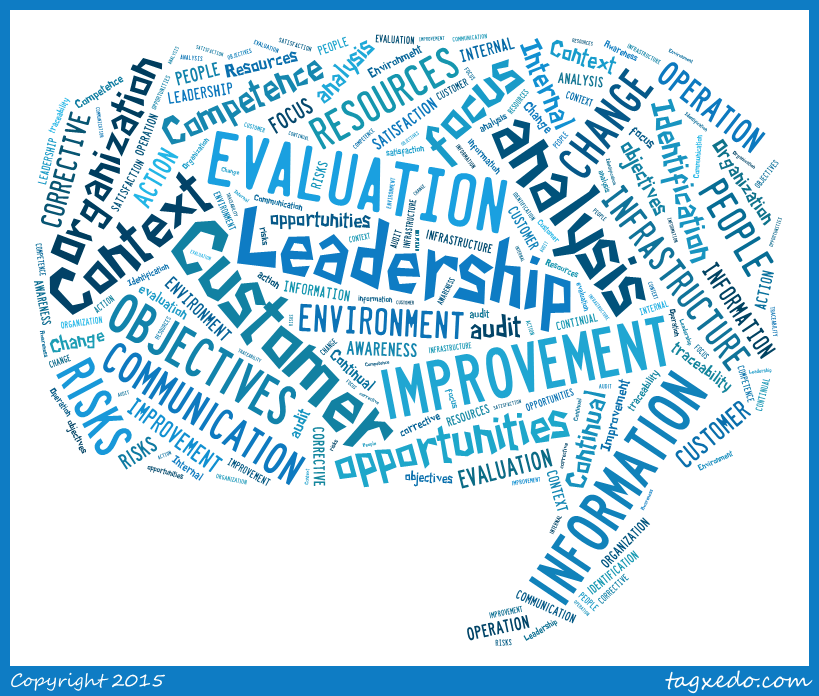
The benefits of SharePoint as a content management system and information portal tool are indisputable. With great search functionality and user definable portal pages SharePoint is now the leading Content Management solution chosen by most IT departments.
But what if your business demands strict document controls protocols, not just because it’s good practice but life depends on it? Unfortunately there is generally a poor appreciation by IT departments of the importance of document control in mission critical business.

2016 has seen a virtual tsunami of compliance failures involving some of our largest companies. From Mitsubishi to VW, from ANZ to Target, almost weekly there have been media reports about some company employees having run amok – unbeknownst to their executives and boards. People are asking: “What happened to the compliance management systems that are supposed to monitor and prevent such abuses?” Executives and boards are naturally starting to question the entire compliance management function.

With the release of the Final Draft of ISO9001:2015 this week and its focus on risk-based Compliance Management, I thought I would share our approach to Risk-Based Auditing from our experience with the likes of Defence Aviation and the Australian Quarantine Inspection Service, both leaders in the field.

Mere compliance with a Framework is an insufficient audit approach; it is critical to assess whether it is current, timely, communicated broadly, and meets the needs of the business. The 4 biggest mistakes are:
Not being Outcome focused
Not using Risk base targeting
Not Value Adding
Not being timely

With the release of the Final Draft of ISO9001:2015 this week and its focus on risk-based Compliance Management, I thought I would share our approach to Risk-Based Auditing from our experience with the likes of Defence Aviation and the Australian Quarantine Inspection Service, both leaders in the field.

Mere compliance with a Framework is an insufficient audit approach; it is critical to assess whether it is current, timely, communicated broadly, and meets the needs of the business. The 4 biggest mistakes are:
Not being Outcome focused
Not using Risk base targeting
Not Value Adding
Not being timely

There is a gaggle of Management Consultants pushing the 20th century mantra of Good Management Practice as a panacea to all the ill of today’s business environment. The key plank in most of these methodologies is that old chestnut “the PDCA cycle” for Continuous Improvement. If your consultant wears this as a badge, run a mile!







